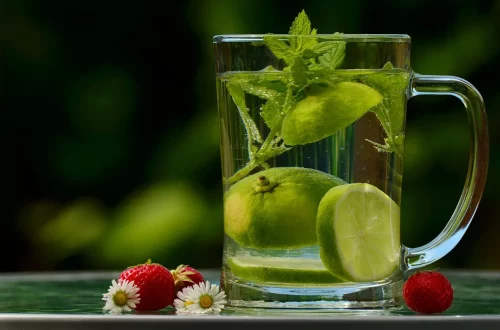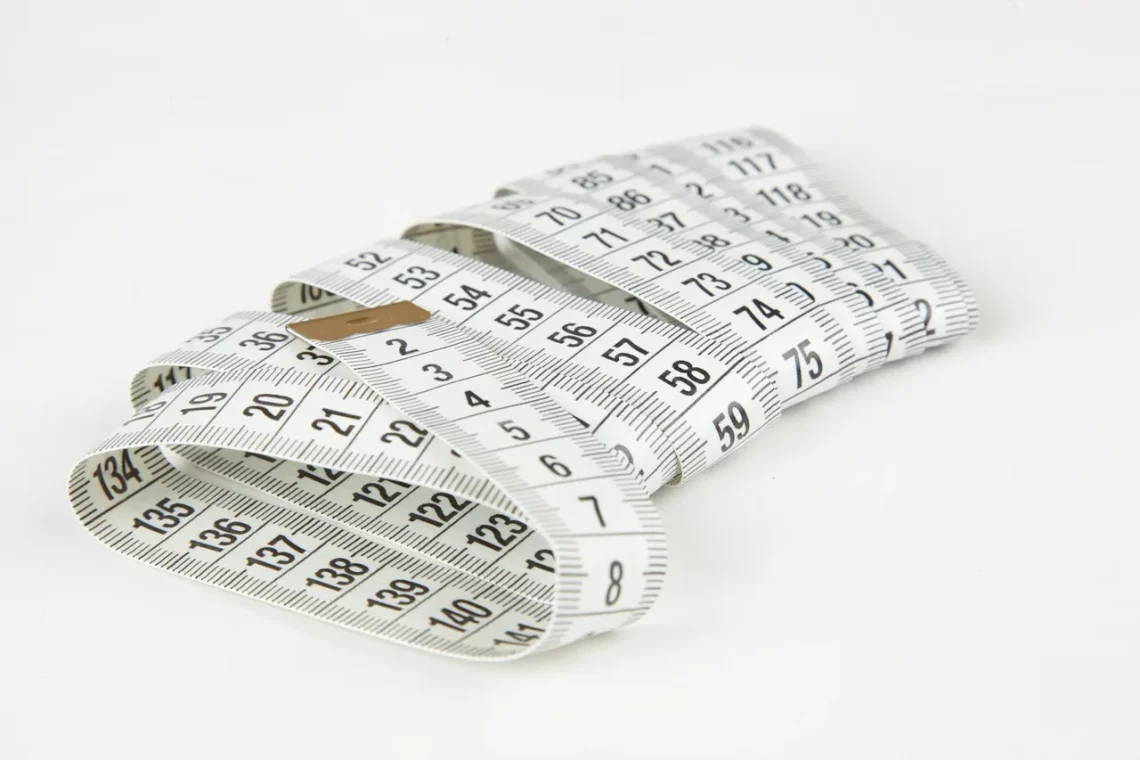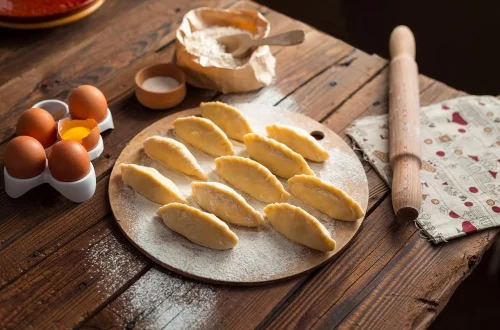-
How Many Grains Are in a Pound? A Simple Guide to Conversion
Understanding the measurement of grains and pounds can be perplexing for many, especially those who are new to culinary practices or food science. Grains are a traditional unit of mass that has been used for centuries, primarily in measuring precious metals, seeds, and grains themselves. In modern times, it serves a crucial role in various fields including cooking, nutrition, and even pharmacology. A grain is defined as 1/7000th of a pound, which makes it a very small unit of measurement. This means that when we talk about the number of grains in a pound, we are delving into the intricacies of weight conversions that can often lead to confusion. For…
-
Understanding the Conversion from PM to Angstrom in Scientific Contexts
Understanding the Conversion from PM to Angstrom in Scientific Contexts In the realm of science, precise measurements are paramount for experiments, research, and applications across various fields. With the advent of advanced technologies and methodologies, the need for accurate unit conversions has become increasingly vital. Two units that often come into play in scientific contexts are picometers (pm) and angstroms (Å). Both are used to measure extremely small distances, particularly at the atomic and molecular levels. The picometer, which is one-trillionth of a meter, finds its utility primarily in fields such as quantum physics and nanotechnology. On the other hand, the angstrom, equal to one-tenth of a nanometer, is predominantly…
-
How Many Ounces Are in 75 Grams? A Simple Conversion Guide
Understanding measurements and conversions is crucial in various fields, including cooking, science, and even medicine. Many individuals often find themselves in situations where they need to convert units of measurement, particularly when it comes to weight. One common scenario is when you encounter a recipe that uses grams while your kitchen scale only displays ounces, or vice versa. This can lead to confusion and may affect the outcome of your culinary creations. The metric system, which includes grams as a unit of measurement, is widely used around the world. In contrast, the imperial system, which uses ounces, is predominantly employed in the United States. This disparity can create challenges for…
-
How Many Ounces Are in 7 Cups? A Simple Conversion Guide
When it comes to cooking or baking, precise measurements can make all the difference between a successful dish and a culinary disaster. Understanding the various units of measurement is vital, especially in recipes that require accuracy. One common challenge many home cooks face is converting measurements from one unit to another. For instance, you might find yourself needing to convert cups to ounces, a task that is essential for ensuring that the ingredients are measured correctly. Cups and ounces are two of the most frequently used units in cooking. While cups are generally used for measuring larger quantities, ounces come into play for smaller amounts or when precision is key.…
-
How Many Ounces is 56 Grams? A Simple Conversion Guide
Converting measurements in the kitchen or while cooking can often feel daunting, especially when you find yourself dealing with different units of weight. Understanding how to convert grams to ounces is not only useful for home chefs but also for anyone who engages in baking, meal prep, or even nutritional tracking. The metric system, which uses grams as a standard unit of weight, is widely used around the world, while the imperial system, which includes ounces, is still prevalent in the United States. This discrepancy can lead to confusion, particularly when following recipes or dietary guidelines that utilize different measurement systems. Knowing how to accurately convert between these two units…
-
Understanding the Conversion of Bird Years to Human Years
Understanding the Conversion of Bird Years to Human Years Birds are fascinating creatures that have captured human imagination for centuries. Their ability to soar through the sky, their diverse colors and patterns, and their unique behaviors make them a subject of interest for both casual observers and avid birdwatchers. Yet, despite their prominence in our world, many people are unaware of the complexities behind their life cycles, particularly when it comes to age. Unlike humans, birds age in a way that is not directly comparable to our own lifespan. Understanding how to convert bird years into human years can provide valuable insights into their biology, behavior, and care needs, especially…
-
How Many Tablespoons Are in a Pound? A Quick Conversion Guide
Cooking and baking can often feel like a science experiment, where precise measurements are crucial for achieving the desired results. Among the many measurements used in the kitchen, tablespoons and pounds are two common units that can cause confusion, especially when transitioning from one to the other. Whether you’re an experienced chef or a home cook, understanding these measurements can significantly improve your culinary skills. The challenge lies in the fact that tablespoons measure volume, while pounds measure weight. This distinction is essential because different ingredients have different densities, which means that the number of tablespoons in a pound will vary depending on what you’re measuring. For instance, a pound…
-
Understanding the Conversion: How Many Grams Are in a Measurement?
Understanding measurements can often seem daunting, especially when it comes to converting units. Whether you’re a home chef trying to perfect a recipe, a scientist conducting experiments, or simply someone interested in understanding the world around you, grasping the concept of grams and their equivalents is essential. Grams are a metric unit of measurement commonly used to quantify mass. The metric system, known for its simplicity and ease of conversion, allows for consistent and straightforward calculations, making it a preferred choice in many fields. In our everyday lives, we encounter various scenarios that necessitate converting measurements. From cooking to crafting, understanding how many grams are in a specific measurement can…
-
Converting Grains to Pounds: A Simple Guide for Accurate Measurements
Converting grains to pounds is an essential skill for anyone involved in cooking, baking, or even scientific research. Understanding how to accurately measure grains in pounds can significantly impact the outcome of recipes, nutritional calculations, and even agricultural assessments. The complexities of measurement arise from the various types of grains, each possessing unique densities and weights, which can further complicate conversions. For instance, a cup of flour weighs differently than a cup of rice or oats. This variance necessitates a reliable method for converting grains to pounds to ensure accuracy in measurements. In a world where precision is paramount—whether you’re a chef crafting the perfect dish or a scientist conducting…
-
Converting Grains to Pounds: A Simple Guide for Accurate Measurement
Understanding the conversion of grains to pounds is an essential skill for various industries, from agriculture to culinary arts. Whether you’re a farmer looking to measure your harvest accurately or a chef aiming for precise ingredient proportions, grasping this conversion can significantly impact your work. Grains and pounds are two different units of measurement that serve unique purposes. Grains are often used in contexts involving small weights, particularly in fields like pharmacology and precision engineering. On the other hand, pounds are more commonly utilized in everyday scenarios, especially in cooking and nutrition. The significance of accurate measurement cannot be overstated. Inconsistent measurements can lead to issues such as ingredient imbalance…







































